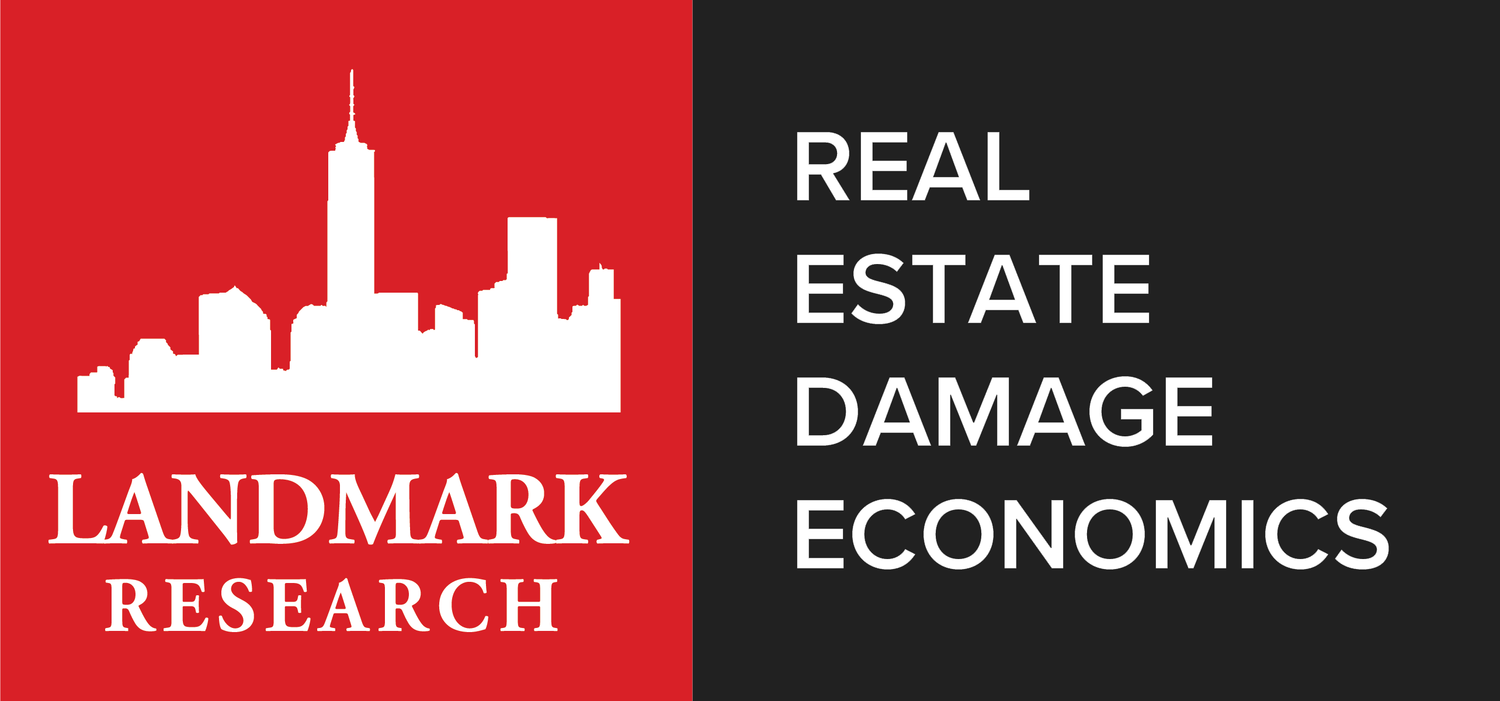vrscout.com
Swiss scientists have built sensitive equipment across Europe to monitor pollution in the air. These monitoring stations measure “aerosol” which is a particle in the air measuring between 0.01 and 10 microns in diameter. This particulate matter can cause many chronic and acute respiratory and cardiovascular diseases, including asthma, bronchitis, and lung cancer.
Scientists and medical professionals used to think that simply reducing the concentration of organic aerosols in the air we breathe would be enough to avoid such health problems. Now researchers from the Paul Scherrer Institute (PSI) reported in the journal NatureExternal link that the effects of aerosols depend less on how many of them there are and more on the individual source of the pollution, its toxicity and how it enters the human body.
PSI and 70 international collaborators have been able to rank European cities by aerosol concentration. They analyzed the local aerosol pollutant data collected at these stations between 2013 and 2019 to find out which aerosols were present in the air and how they varied across days, months, and seasons. The results show higher concentrations in urban areas. Kraków, the second-largest city in Poland, is the most polluted (40.4 µg/m3), while rural Birkenes in southern Norway are the least polluted (1.3 µg/m3).

